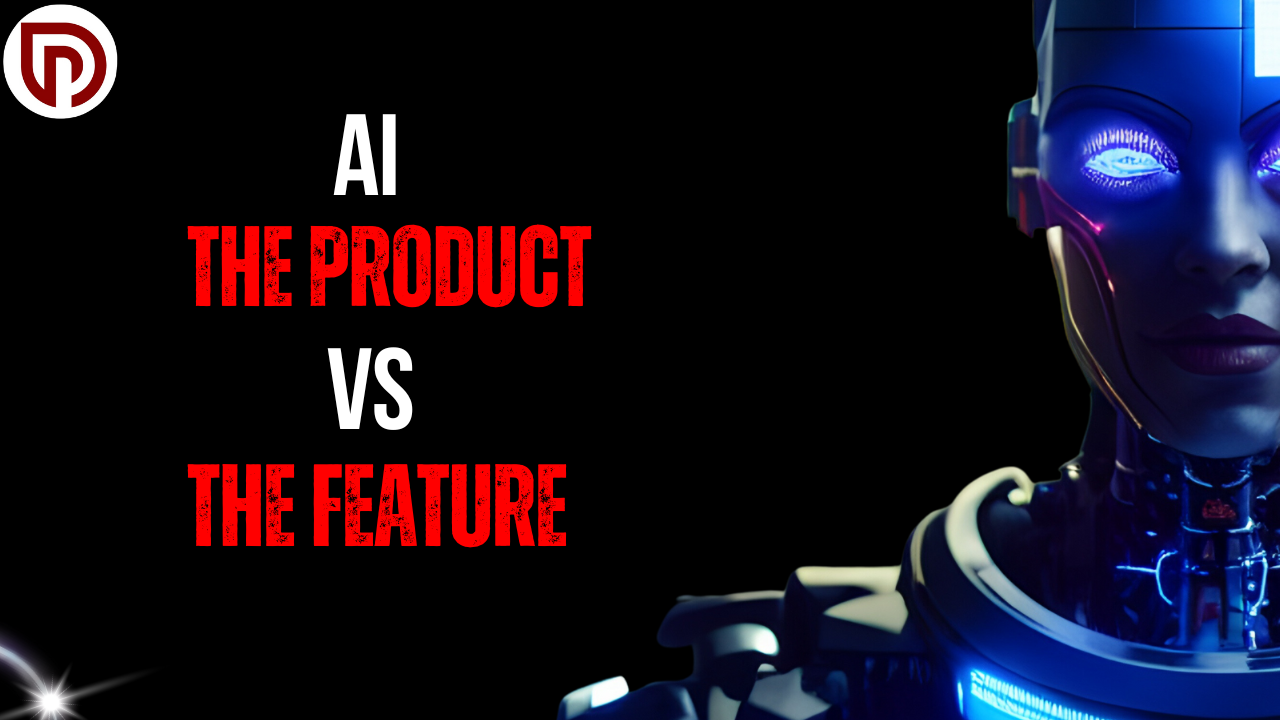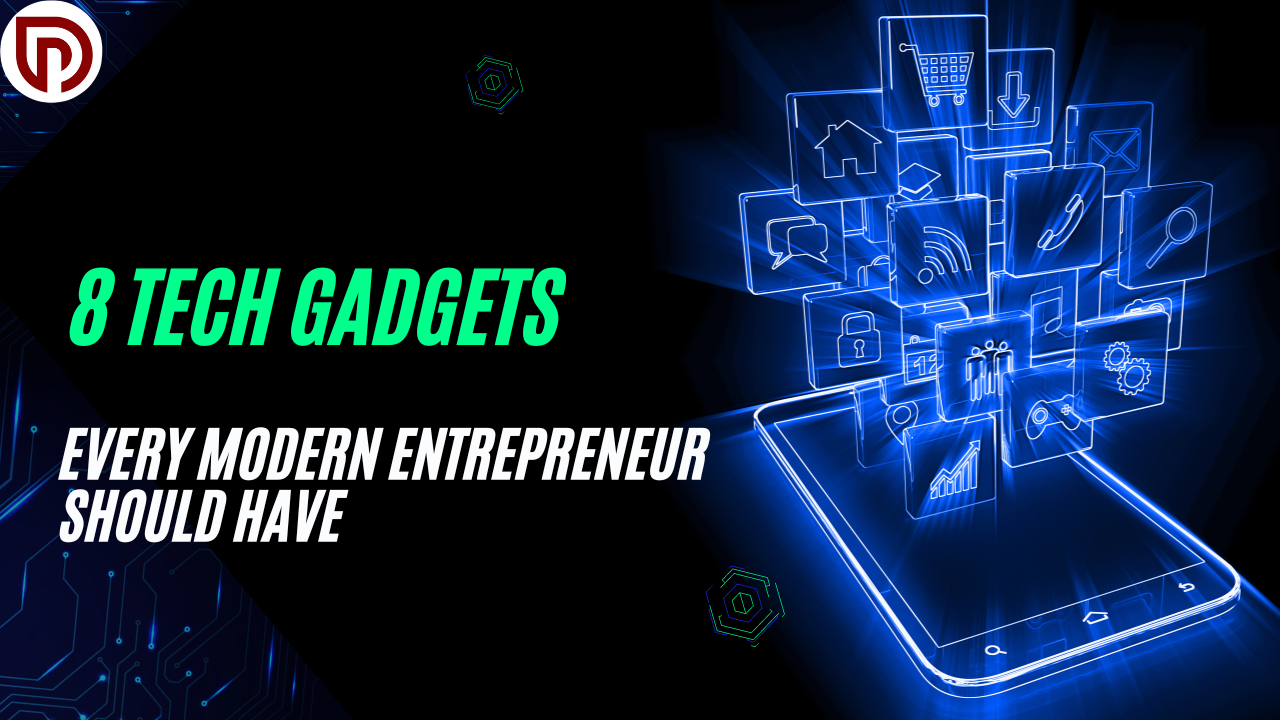
AI: The Product vs The Feature
The question of whether artificial intelligence (AI) is the product vs the feature has been a recurring topic of discussion in the rapidly changing field of technology. This blog post will delve into the subtleties of this discussion and look at the effects of positioning AI as a stand-alone product as opposed to integrating it as a feature into already-existing platforms.
Table of Contents
- The Rise and Fall of Clubhouse
- The Standalone AI Products: Humane and Rabbit
- Apple’s Approach: AI as a Feature
- The Challenges of Building AI Models
- The Future of AI: Product or Feature?
- FAQ
- Conclusion
The Rise and Fall of Clubhouse: AI: The Product vs The Feature

To illustrate the concept of a feature versus a product, let’s look at the example of Clubhouse. In the early pandemic era, Clubhouse experienced a meteoric rise to success, becoming a popular platform for live audio stage events that would disappear after they were over. However, within a year or two, major tech giants like Spotify, Discord, Slack, and Twitter had built similar features into their own apps, effectively rendering Clubhouse as just a feature rather than a standalone product.
This trend of successful features being integrated into larger platforms is not unique to Clubhouse. We’ve seen similar cases with TikTok’s vertical video carousel and Snapchat’s stories feature, where the standalone product initially gained traction, but the feature versions integrated into larger platforms like Instagram and YouTube eventually gained significant popularity as well.
Standalone AI Products: Humane and Rabbit
The question of whether AI is a product or a feature has become increasingly relevant with the recent introduction of dedicated AI devices like the Humane AI Pin and the Rabbit R1. These standalone AI products promised to provide users with a physical embodiment of an AI assistant. However, both devices were met with mixed reviews and struggled to gain widespread adoption.

The failure of these standalone AI products suggests that the path to success may lie in integrating AI as a feature within existing platforms rather than trying to sell it as a standalone product. This aligns with the observation that, in many cases, the feature version of a technology tends to outperform the standalone product over the long run.
Apple’s Approach: AI as a Feature
In contrast to the standalone AI products, Apple’s approach at WWDC and Google’s approach at I/O demonstrate a different strategy. Both tech giants have systematically integrated AI features across their operating systems and applications, empowering users with capabilities like text summarization, proofreading, tone and style adjustment, and even image generation.
This integration of AI as a feature, rather than a standalone product, aligns with the broader trend observed in the tech industry. By embedding AI capabilities within their existing platforms, Apple and Google are able to leverage the vast user base and ecosystem of their respective platforms, potentially driving wider adoption and utilization of these AI features.

The Challenges of Building AI Models
One key aspect that sets Apple’s approach apart is the fact that the tech giant has invested heavily in developing its own AI models, including language models, diffusion models, and image generation models. This is a significant undertaking that requires access to vast amounts of data, substantial computational resources, and significant financial investment.
The complexity and cost associated with building these AI models pose a significant barrier to entry for smaller companies and startups. Unless they have the resources and expertise of tech giants like Apple, Google, or Microsoft, it may be challenging for them to develop and integrate AI features at the same scale and level of integration as the industry leaders.
AI: The Product vs The Feature
As the debate around AI’s role continues, it’s clear that there is no one-size-fits-all answer. The success of AI as a product or a feature will likely depend on a variety of factors, including the specific use case, the target audience, and the overall ecosystem in which the AI is being deployed.While standalone AI products like Humane and Rabbit may have struggled, the integration of AI as a feature within larger platforms like Apple’s and Google’s ecosystems suggests that this approach may be more successful in the long run. By leveraging the existing user base and infrastructure of these platforms, AI features can potentially reach a wider audience and provide a more seamless user experience.
However, it’s important to note that the landscape is constantly evolving, and there may still be opportunities for standalone AI products to thrive, particularly in niche or specialized use cases. The key will be to identify the right balance between product and feature approaches and to continuously adapt to the changing needs and preferences of users.
Conclusion
The debate around whether AI is a product or a feature is complex and ongoing. The examples of Clubhouse, TikTok, and Snapchat have shown that the feature-based approach can often outperform the standalone product model. Apple’s and Google’s recent integrations of AI features across their platforms further reinforce this trend.
However, the landscape is constantly evolving, and there may still be opportunities for standalone AI products to thrive, particularly in specialized use cases. The key will be to find the right balance between product and feature approaches and to continuously adapt to the changing needs and preferences of users.
Ultimately, the future of AI will be shaped by the ability of technology companies to leverage the strengths of both the product and feature models while overcoming the challenges of building and integrating these powerful AI capabilities. As the industry continues to evolve, the debate over AI as a product or a feature will undoubtedly continue to be a topic of great interest and importance.
FAQ
-
Is AI a product or a feature?
The debate around whether AI is a product or a feature is ongoing, and there is no clear-cut answer. It can potentially be both, depending on the specific use case and the approach taken by the technology companies.
-
Why did standalone AI products like Humane and Rabbit struggle?
Standalone AI products like Humane and Rabbit struggled because they were unable to match the resources, user base, and ecosystem integration of larger tech platforms that have been integrating AI as a feature within their existing products.
-
How has Apple’s approach to AI been different?
Apple has taken a different approach by systematically integrating AI features across its operating systems and applications, leveraging its own developed AI models. This integration strategy has allowed Apple to provide a more seamless and widespread AI experience for its users.
-
What are the challenges of building AI models?
Building AI models, particularly language models, diffusion models, and image generation models, requires access to vast amounts of data, substantial computational resources, and significant financial investment. This poses a significant barrier to entry for smaller companies and startups that may not have the same resources as tech giants like Apple, Google, or Microsoft.
-
What is the future of AI as a product or a feature?
The future of AI as a product or feature will likely depend on a variety of factors, including the specific use case, the target audience, and the overall ecosystem in which the AI is being deployed. While the integration of AI as a feature within larger platforms may be more successful in the long run, there may still be opportunities for standalone AI products to thrive in niche or specialized use cases.
Follow https://www.digitalpluto.co.in/ for the latest updates about artificial intelligence.

![Best Stocks To Buy Now 2024: Using [ChatGPT 4] For FREE](https://digitalpluto.co.in/wp-content/uploads/2024/06/top-5-1.png)
![Top 5 WordPress AI Plugins: Supercharge Your Website[2024]](https://digitalpluto.co.in/wp-content/uploads/2024/06/5-TECHNIQUES-8.png)





